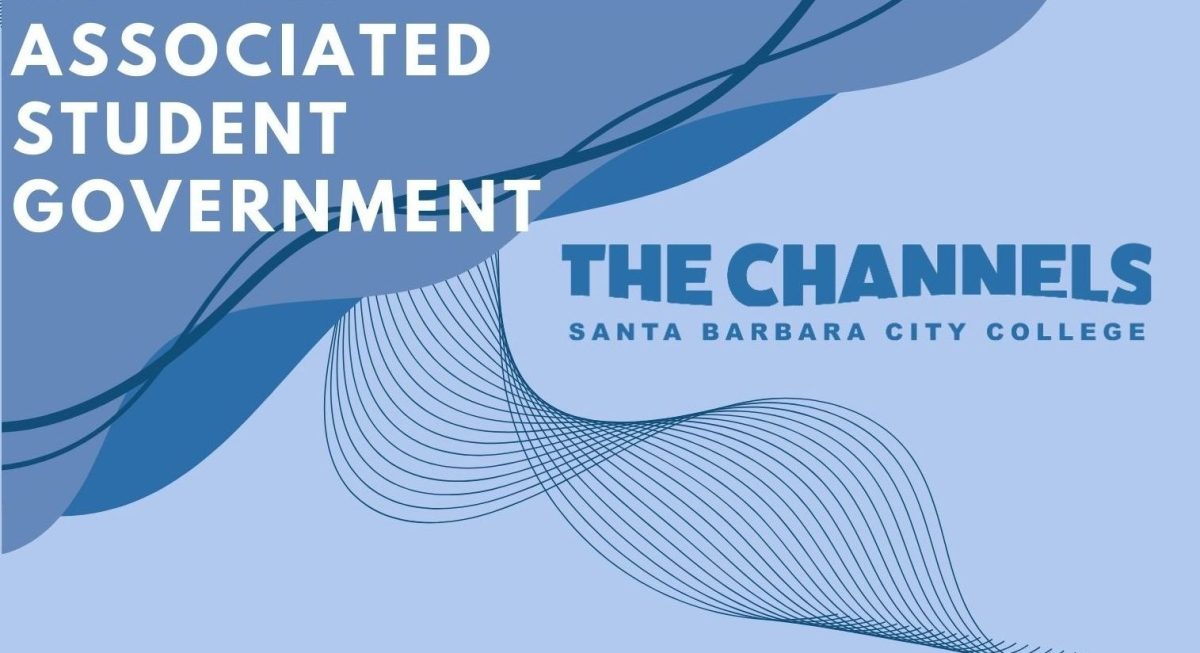The new funding formula which resulted in the college’s $9 million budget increase was designed and implemented with the goal of helping struggling students, but it has the potential to do the opposite in many California community colleges.
Governor Jerry Brown released the new funding formula in his most recent budget proposal, shifting the way all 114 community colleges within California are funded from being based on overall full time equivalent students to also being dependent on student success rates and rates of low income students.
The change has directly affected City College already by providing the large budget increase which allowed for 7 percent raises for all faculty and for positions which have long been left empty to be filled along with hiring for new positions.
The budget increase allowed for the college to reduce its deficit from -$5.5 M to -$2.5 M after the raises and newly filled positions being funded.
The college has above average student success rates and a relatively high number of low income students. This is the reason City College saw the large budget increase while others schools with lower rates received far less money.
Community college faculty members both local and statewide who are aware of the problems performance based funding has raised in states which have implemented this type of funding are concerned the new formula could have negative effects on at-risk students as seen in those states.
Since student success is now such a large factor in funding schools, there is a strong potential that the colleges where students are struggling the most and need the most access to resources will receive the least funding.
“There is only one piece of the pie and there is 114 community colleges, so there is only so much money,” said Lyndsay Maas, vice president of business services. “So if one school starts to do better on something it’s gonna take away money from another school. If everybody does really well where is the extra money going to come from?”
To take this issue into account, the budget cuts will not go into effect until the formula has been in action for three years. Until then, community college budgets will only change for budget increases.
According to an article published in Inside Higher Ed, which cites a recent study performance based funding formulas like the state just adopted, the formulas negatively affect colleges which serve large numbers of people of color and low income students at a much higher rate than other schools.
“Minority-serving institutions in states with performance formulas on average lose ‘significant funding’ on a per-student basis compared with other colleges in those states or with minority-serving ones in states without performance funding,” the article said.
There are eight factors overall which student success rates are based upon, only seven of which apply to City College. These include the rates degrees and certificates granted including associate degrees, associate degrees for transfer, and credit certificates.
Completion of nine of more technical skills units, completion of transferable math and english courses, transfer success rates and attainment of a regional living wage following graduation are also taken into account when calculating student success.
New information about how things will look for the future and how colleges throughout the state have been affected will not be available until the Governor’s office releases their next report in February 2019.







